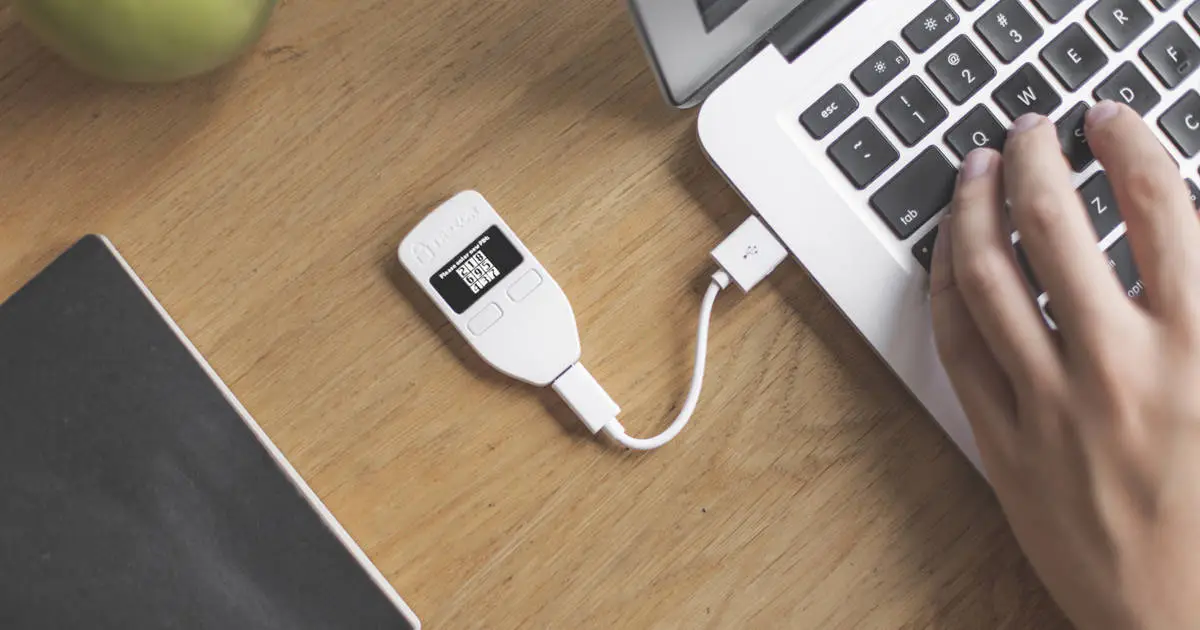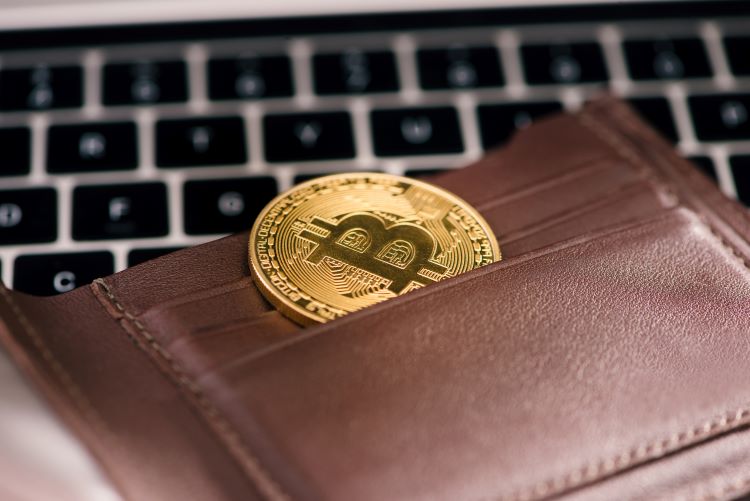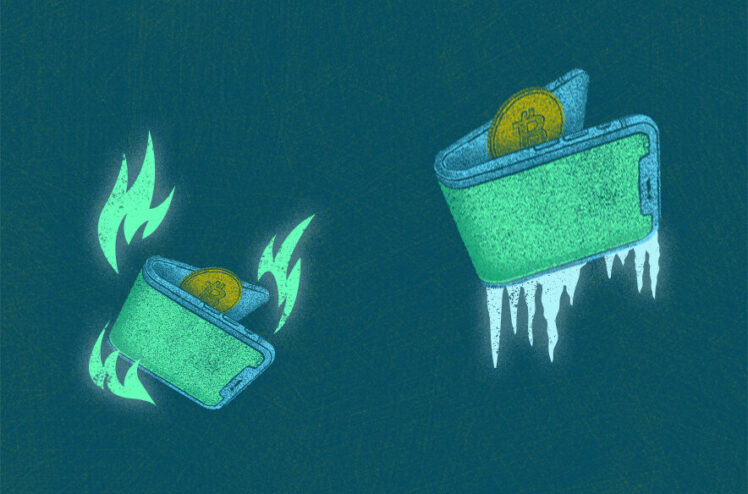Cold storage refers to the practice of keeping cryptocurrency offline, in a “cold” (non-internet-connected) wallet. The main advantages of cold storage are security and peace of mind. By keeping your crypto in cold storage, you eliminate the risk of it being hacked or stolen from an online exchange or wallet. And, because your coins are not held by a third party, you are the only one who has access to them. There are several different ways to store cryptocurrency offline, each with its own set of advantages and disadvantages. In this post, we will explore the most popular cold storage methods and help you decide which one is right for you.

Source: businesswire.com
Contents
How to store cryptocurrency?
If you want to store cryptocurrency, you have a few different options. You can store it on an exchange, in a wallet, or on a piece of paper.
Exchanges are online platforms where you can buy, sell, or trade cryptocurrencies. They usually have their own wallets that you can use to store your coins. However, exchanges are not the most secure option because they can be hacked or go bankrupt.
Wallets are software that stores your public and private keys and lets you send and receive cryptocurrency.
You can also store cryptocurrency offline on a piece of paper. This is called a paper wallet. To create it, you need to generate a public and private key using different tools. Then you print out the keys and store them in a safe place. Paper wallets are very secure if done correctly, but they’re not as convenient as other options because you can’t easily spend your coins.
How to choose a cryptocurrency wallet?
There are many different types of cryptocurrency wallets, and each one has its own set of features and benefits. When choosing a wallet, you’ll need to consider what type of coins you want to store, how much security you need, and how easy you want it to be to use.
One important factor to consider is whether you want a hot wallet or a cold wallet. Hot wallets are connected to the internet and can be used for everyday transactions, while cold wallets are offline and more secure. Cold wallets are typically more difficult to use, so if you’re new to crypto, a hot wallet may be a better option.
Another thing to keep in mind is what kind of security features you need. Some wallets offer basic security like two-factor authentication, while others have more advanced features like multi-signature support. If you’re storing large amounts of crypto, it’s important to choose a wallet with robust security features.
Finally, consider ease of use when choosing a wallet. Some wallets are designed for beginners and are very simple to use, while others have more complex features that may be confusing for newcomers. Choose the wallet that’s right for your level of experience and needs.

Source: gamblersarea.com
What is cold storage?
Cold storage refers to the practice of storing cryptocurrency offline in order to protect it from hacking and other attacks. There are a number of different ways to do this, but the most common is to store the private keys for your coins or tokens on a USB drive or other physical media. You can find good storage by visiting Cold storage. This way, even if your computer is hacked or stolen, your coins will still be safe.
How to put crypto in cold storage?
When you put crypto in cold storage, you are essentially taking it offline and storing it in a secure location. This can be done by storing the private keys on a physical medium such as a USB drive or paper wallet, or by using a service that provides offline storage.
The most important thing to remember is to keep the private keys safe and secure. If the private keys are lost or stolen, then the stored crypto will be inaccessible.
There are a few different methods that can be used to put crypto in cold storage. The most popular method is to use a hardware wallet, which stores the private keys on a physical device. Other methods include using an offline service.
Whichever method you choose, make sure that you take the necessary precautions to keep your private keys safe. Cold storage is an effective way to protect your crypto from online attacks, but only if the private keys are kept safe and secure.

Source: time.com
The benefits of cold storage
When you put your cryptocurrency in cold storage, you are essentially taking it offline and out of reach from hackers. This means that your coins are much less likely to be stolen, and even if they are, it will be much more difficult for the thief to access them. Additionally, cold storage can help to protect your coins from inflationary risks. By keeping your coins offline, you ensure that they cannot be subject to the whims of the market.
What are the risks?
While this may seem like the safest option for storing your coins, there are still some risks associated with cold storage.
For one, if you lose your cold storage device or forget your private keys, you will permanently lose access to your coins. Additionally, if the physical location of your storage is compromised (e.g., by a fire), your coins may be lost or stolen. Finally, if you do not keep your storage device properly secured (e.g., by using multiple layers of security), it may still be vulnerable to attack.
Overall, this is a great way to keep your cryptocurrencies safe from online threats. However, you should always take care to properly secure your devices and backups, and be aware of the risks associated with physically storing your coins.

Source: pexels.com
Conclusion
There are a number of benefits to putting your crypto in cold storage, including increased security and peace of mind. However, it’s important to make sure that you understand the risks involved before making the decision to store your crypto offline. With a little bit of research and planning, you can ensure that your crypto is safe and sound in cold storage.
